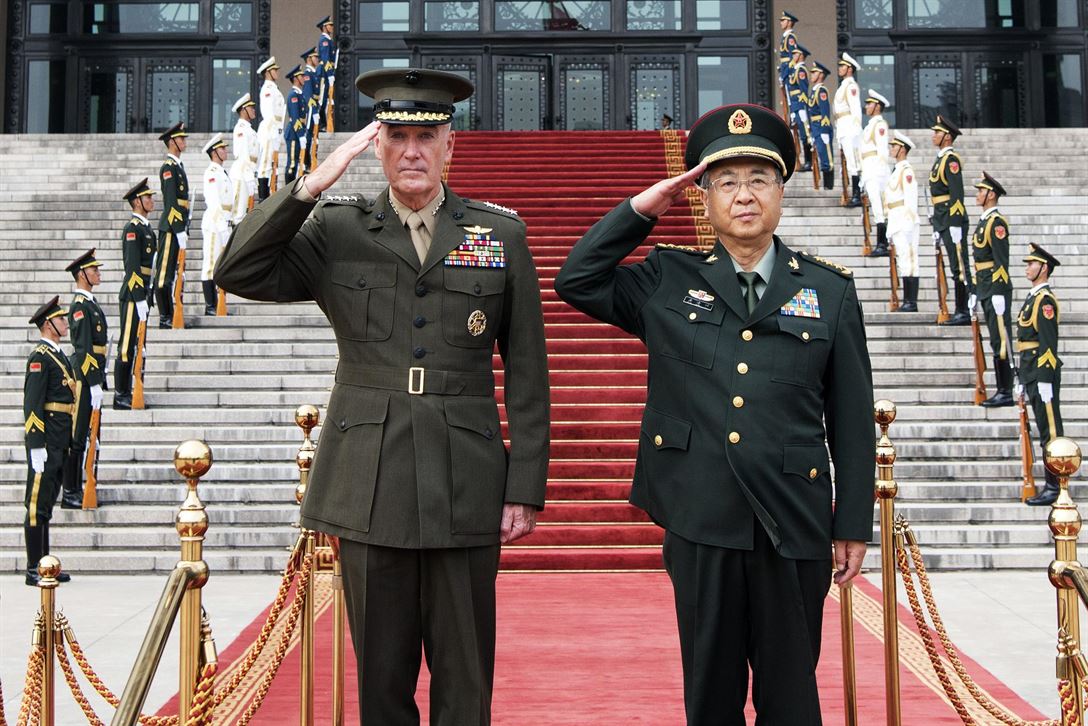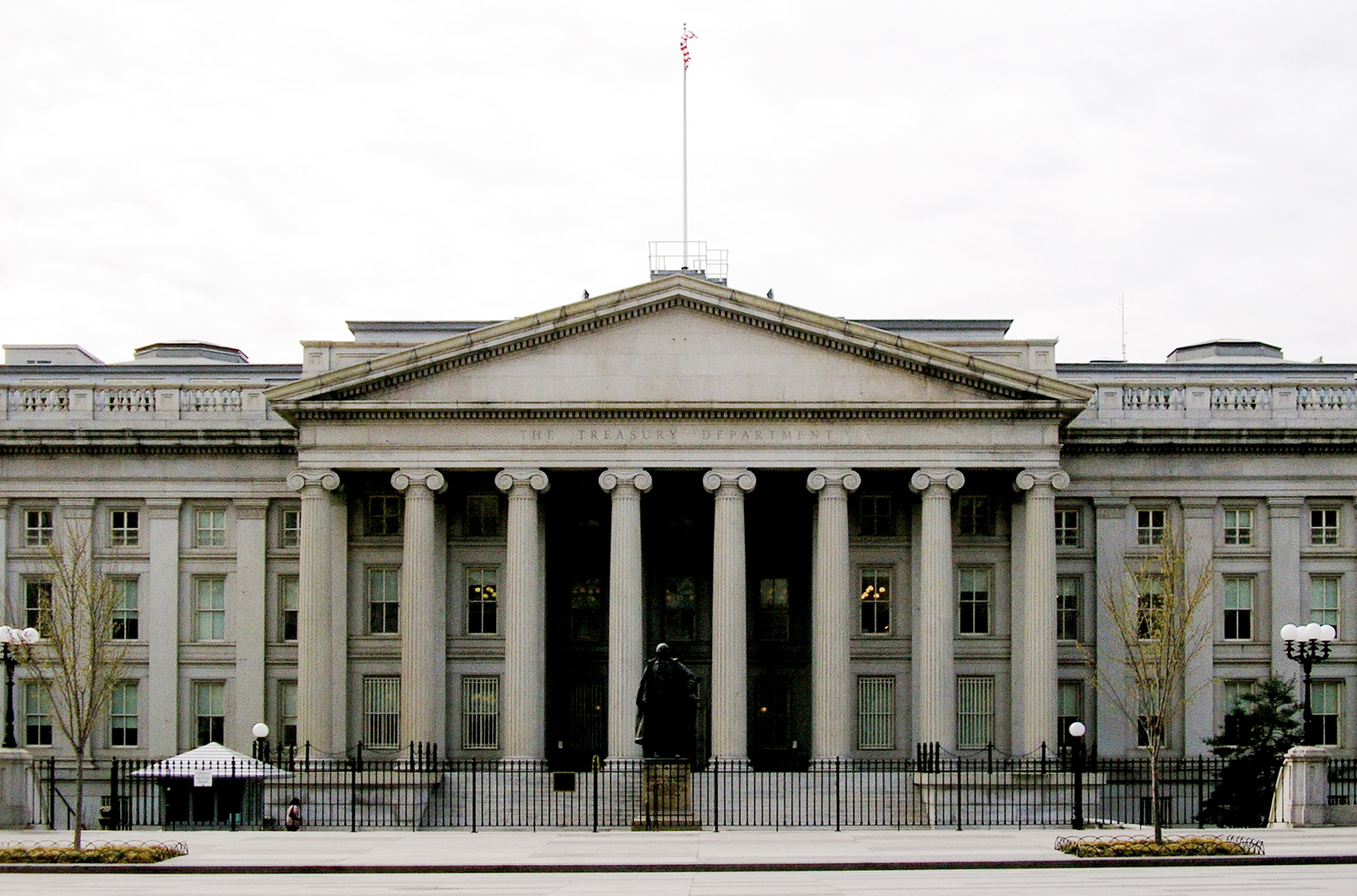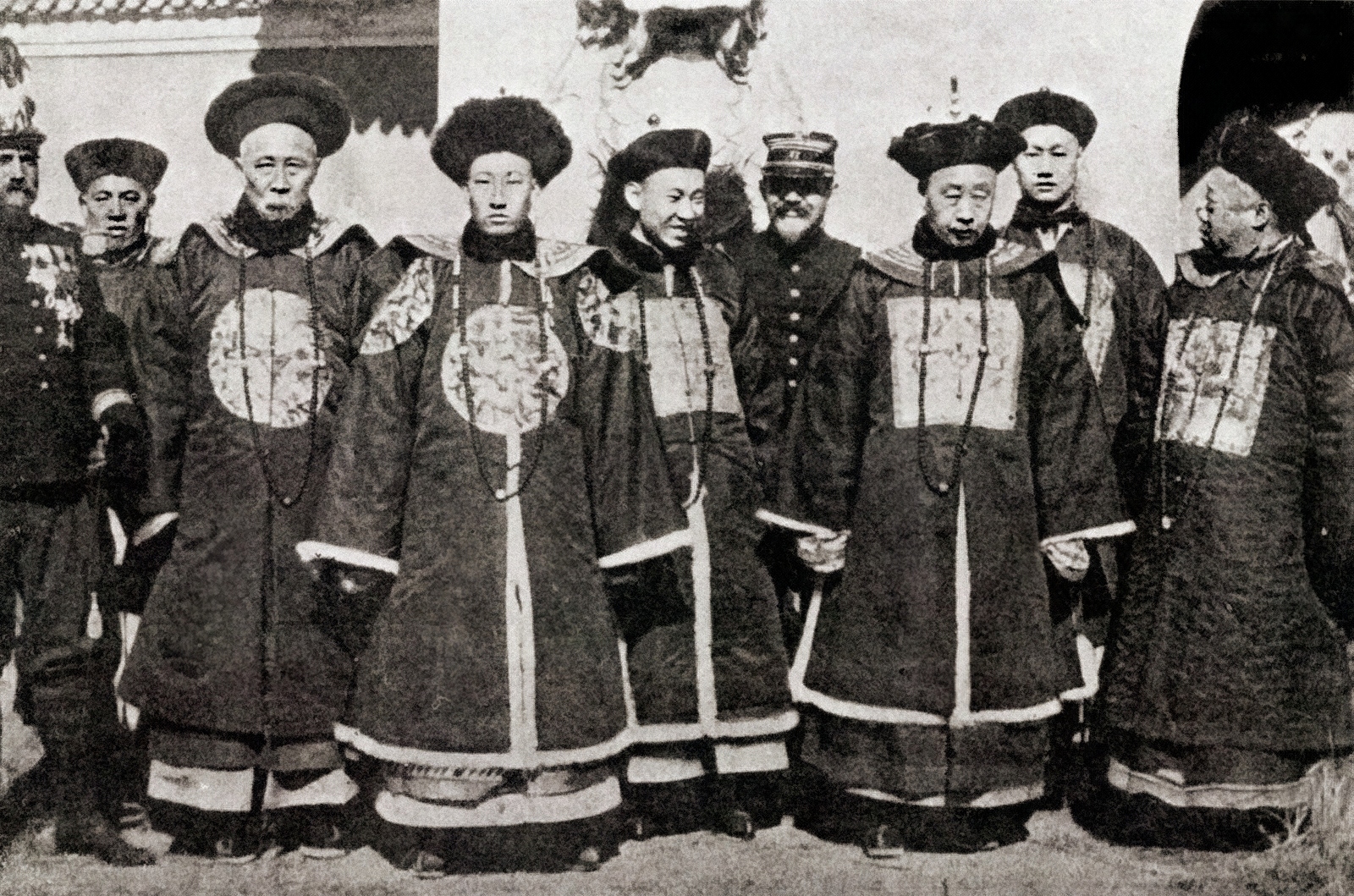
 Trump Launches "Investigation on Whether to Investigate" China's IP Laws
Trump Launches "Investigation on Whether to Investigate" China's IP LawsPresident Donald Trump signed an "executive memorandum" to direct the U.S. Trade Representative Robert E. Lighthizer to determine "whether to investigate any of China's laws, policies, practices or actions, that may be unreasonable or discriminatory, and that may be harming American intellectual property, innovation or technology." Why is intellectual property (IP) in the Trump administration's crosshairs? According to a 2014 report by the United States Patent and Trade Market Office, "IP-intensive industries directly and indirectly supported 45.5 million jobs, about 30 percent of all employment." Though the amount of pirated software in China is down in recent years, the Washington Post reported that companies "complain that China's enforcement of intellectual property violations remains lax and that theft of trade secrets through malware, phishing and cybermercenaries is rampant."
In a commentary for China-US Focus, Rogier Creemers argues that Trump's proposed investigation fails to make clear what the actual problem is they are trying to solve, especially considering U.S. technology companies operating by China's laws "were part of a Faustian bargain that enabled them to vastly increase profits by producing at lower cost, or to access a massive and rapidly growing market." James Andrew Lewis, Senior Vice President of CSIS warned that the U.S. should not become "fixated on IP theft." He continues, "China, after decades of spending, is creating its own culture of innovation, not as effective as America's but better than most countries and lavishly resourced. China will increasingly make its own IP, so stopping IP theft will not keep the United States competitive." BloombergView's editors penned a strong critique in using Section 301 (which we described two weeks ago) to target IP theft: "But the most important reason not to go this route is that the World Trade Organization exists precisely to resolve such disputes. The U.S. fought for years to establish a trusted global arbiter to enforce the norms of free markets and fair trade, and the world has greatly benefited. More to the point, so has America: A recent Bloomberg analysis found that the U.S. has prevailed in 86 percent of the cases it has brought at the WTO."
The more existential concerns about Chinese intentions of the so-called "Made in China 2025" plan, which aims to propel Chinese companies in high-tech industries like aerospace engineering, AI, and biopharmaceuticals, may also be the impetus to this investigation. Some of these Chinese companies are investing in Silicon Valley as well. In a Center for American Progress Commentary, Elsa Kania elaborates: "Chinese investments in Silicon Valley AI startups have fueled a current U.S. debate on whether to broaden the remit of the Committee on Foreign Investment in the United States (CFIUS) to expand reviews of Chinese high-tech investments, particularly in AI. However, in the longer term, China will likely become less dependent upon foreign innovation resources as its own capacity advances."
 China and U.S. military officials sign a framework to build a new communication mechanism
China and U.S. military officials sign a framework to build a new communication mechanismAfter weeks of tension over North Korea's rapid missile development and concern over a potential China-U.S. "trade war", a joint communication agreement forged between military leaders from Washington and Beijing struck a more positive note in the two nations' rapport this week. On Tuesday, Marine Corps Gen. Joseph Dunford, Chairman of the Joint Chiefs of Staff, and Gen. Fang Fenghui, Chief of China's joint staff, signed the "joint staff dialogue mechanism agreement" at the headquarters of the People's Liberation Army. Intended primarily for crisis mitigation, both sides hope that this newly-minted agreement will enable both sides to communicate more directly, thus "reducing the risk of miscommunication" as challenges arise.
"I think we have to be honest. We have many difficult issues where we don't necessarily share the same perspective," Dunford said at the opening of the military-to-military talks. "But from the meeting we had in Washington, D.C., and the meeting we just had, I know we share one thing: we share a commitment to work through these difficulties. With the guidance from our presidents and the areas of our cooperation, I know we will make progress over the next few days."
The concept behind the agreement was originally borne out of the Diplomatic and Security Dialogue, which took place in Washington, D.C. earlier this year. According to the DOD, ongoing talks are part of a broader initiative to create more 'effective ties' with the Chinese military. Since Gen. Dunford arrived in Beijing on Monday, August 14 – following a brief visit to South Korea – the two sides have focused discussions on North Korea, Taiwan and the South China Sea. The Chairman of the Joint Chiefs of Staff also plans to visit PLA units in training.
Gen. Dunford's visit comes just one day after Defense Secretary James Mattis and Secretary of State Rex Tillerson published an op-ed in the Wall Street Journal outlining the United States' plan to "hold Pyongyang to account" and shift from a policy of "strategic patience" to "strategic accountability." The following day, Beijing issued an order to implement U.N. sanctions on North Korea, banning coal, iron ore, lead concentrates, and seafood. Beijing's shift towards more aggressive enforcement of U.N. sanctions - which some analysts consider to be the key to genuine strategic cooperation between the United States and China - adds further optimism to the state of the bilateral relationship.
 China is once again the US' largest creditor
China is once again the US' largest creditorAccording to US Treasury Department data, China's has reclaimed its spot as the largest US creditor after buying $44 billion in June, bringing China's total holdings of US Debt to $1.15 trillion as of June 2017. This would mark the sixth consecutive month of growth that China's foreign exchange reserves have grown, to a total now surmounting $3.08 trillion as the yuan has strengthened.
Despite the growth of the yuan and increased foreign reserves, the International Monetary Fund (IMF) issued a warning to China in its annual report on the country, noting that "Debt-fueled growth...is a short-term solution that isn't sustainable in the long run unless China tackles deeper structural issues." The IMF further called on China to address overcapacity and increase productivity in inefficient sectors. Even more grim, the IMF was quoted as stating that, according to their research, "all credit booms that began when the ratios were above 100pc - as in China's case - ended badly." However, the IMF did applaud China's work in boosting oversight and regulation of financial sector risk, which will help to stabilize fluctuations in the yuan.
 This Week in Chinese History
This Week in Chinese HistoryOn August 14, 1891, the Guangxu Emperor, also known as the eleventh emperor of the Qing dynasty was born. During his reign, the Guangxu Emperor issued the Hundred Days' Reforms, aimed at a series of sweeping political, legal, and social changes. These included the establishment of a modern university in Beijing, the construction of the Li-Han railway, and a budgeting system similar to those used in the West. He has been praised by Sun Yat-sen for his educational reform package that allowed China to learn more about Western culture.
Prepared by China-US Focus editorial teams in Hong Kong and New York, this weekly newsletter offers you snap shots of latest trends and developments emerging from China every week, while adding a dose of historical perspective.
- 2017-08-11 Threats of "Fire and Fury" on the Korean Peninsula
- 2017-08-04 Trump Administration Plans Trade Actions Against China
- 2017-07-28 Xi to Dominate the 19th CPC Congress
- 2017-07-21 A Steely Comprehensive Economic Dialogue
- 2017-07-14 South China Sea Arbitral Award after One Year
- 2017-07-07 Now is the Trump Honeymoon with China Over?
- 2017-06-30 China Passes New Intelligence Law
- 2017-06-23 The End of China’s Honeymoon with Trump & Diplomatic and Security Dialogue
- 2017-06-16 Climate Change and Reliable Data Dealt Blows
- 2017-06-09 India, Pakistan formally welcomed into the Shanghai Cooperation Organization
- 2017-06-02 Once Partners in Fighting Climate Change, Trump Retreats, China Stays Steady on Paris Climate Accord
- 2017-05-26 Chinese Missile Frigates Confronts USS Dewey as U.S. Resumes FON Operations in South China Sea
- 2017-05-19 The Belt and Road Forum Concludes Leaving Behind Mixed Reactions
- 2017-05-12 Beijing, Washington Reach First Trade Deal Under 100-day Plan
- 2017-05-05 Degree of Autonomy Decaying in Hong Kong?
- 2017-04-28 Aircraft Carriers, Submarines, and Jetliners: Now Made in China
- 2017-04-21 Green Cards & Red Lines
- 2017-04-14 U.S Beef for Chinese Chicken? More Hollywood Films in China?
- 2017-04-07 The Xi-Trump Summit in Florida
- 2017-03-31 Google Makes a Comeback to China?
